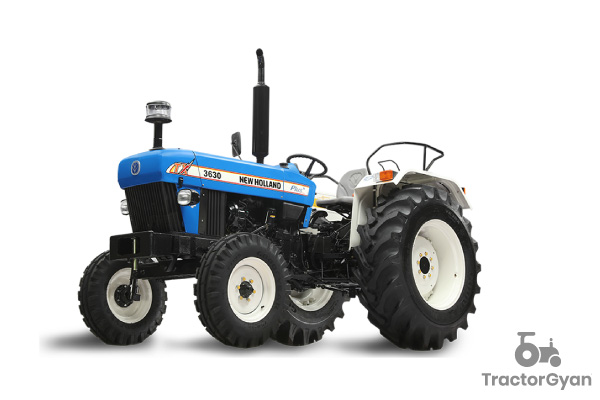The Netherlands, with its strategic location in Europe, robust economy, and status as a global trading hub, presents a lucrative market for businesses worldwide. However, shipping goods to the Netherlands involves navigating a complex landscape of regulations, customs, and logistics. This comprehensive guide aims to demystify the process, providing businesses with the knowledge they need to ensure smooth and efficient Shipping to Netherlands
Understanding Dutch Import Regulations
Before embarking on shipping to the Netherlands, it’s crucial to familiarize yourself with the country’s import regulations. The Netherlands, being a member of the European Union (EU), adheres to EU rules and standards, making it essential for shippers to ensure their goods comply with these requirements.
Key Regulations to Consider
- Customs Declarations: All goods entering the Netherlands from outside the EU must be declared to customs. This involves providing detailed information about the goods, their value, and their origin.
- VAT and Duties: The Netherlands applies Value Added Tax (VAT) and customs duties on imported goods, depending on their value and type. Some products may qualify for duty-free entry if they originate from countries with which the EU has free trade agreements.
- Product Standards and Certifications: Goods must meet EU standards and, in some cases, carry specific certifications. This is especially true for food products, electronics, and toys.
- Prohibited and Restricted Goods: Certain items are prohibited or subject to restrictions when imported into the Netherlands. These include drugs, weapons, certain agricultural products, and endangered species.
Choosing the Right Shipping Method
Selecting the appropriate shipping method is crucial for cost-efficiency and ensuring your goods arrive on time. The Netherlands is well-served by air, sea, and land transport options, each with its advantages and considerations.
Air Freight
Air freight is the fastest shipping method, ideal for perishable goods or high-value items that require quick delivery. Amsterdam Airport Schiphol is one of Europe’s largest cargo airports, offering extensive connectivity. However, air freight is typically more expensive than sea or land options.
Sea Freight
For larger shipments that are not time-sensitive, sea freight offers a cost-effective solution. The Port of Rotterdam is the largest port in Europe and a key global logistics hub, providing excellent access to inland destinations across the continent via river, rail, and road.
Road Transport
The Netherlands boasts a highly efficient road network, making road transport a viable option for shipments from within Europe. This method offers flexibility and can be more cost-effective for smaller shipments or when delivering goods directly to the destination.
Preparing Your Shipment
Proper preparation and documentation are key to avoiding delays and ensuring a smooth customs clearance process. This includes:
- Packing: Goods should be securely packed to prevent damage during transit, with packaging compliant with Dutch standards.
- Labeling: Packages must be clearly labeled with the recipient’s address, contact details, and a detailed description of the contents.
- Documentation: Essential documents include a commercial invoice, packing list, bill of lading (for sea freight), air waybill (for air freight), and any required certificates or licenses.
Leveraging Technology and Expertise
In today’s digital age, numerous tools and services can simplify the shipping process. Online platforms offer real-time tracking, customs clearance services, and even automate paperwork. Moreover, partnering with experienced logistics providers who understand the intricacies of shipping to the Netherlands can be invaluable. These experts can navigate regulatory requirements, identify the most cost-effective shipping routes, and handle unforeseen challenges.
Final Thoughts
Shipping to the Netherlands requires careful planning, attention to detail, and an understanding of the regulatory environment. By following this guide, businesses can streamline their shipping process, ensuring their products reach the Dutch market efficiently and compliantly. With the right approach, the Netherlands offers a gateway not just to a vibrant local market but to the broader European and global markets beyond.















